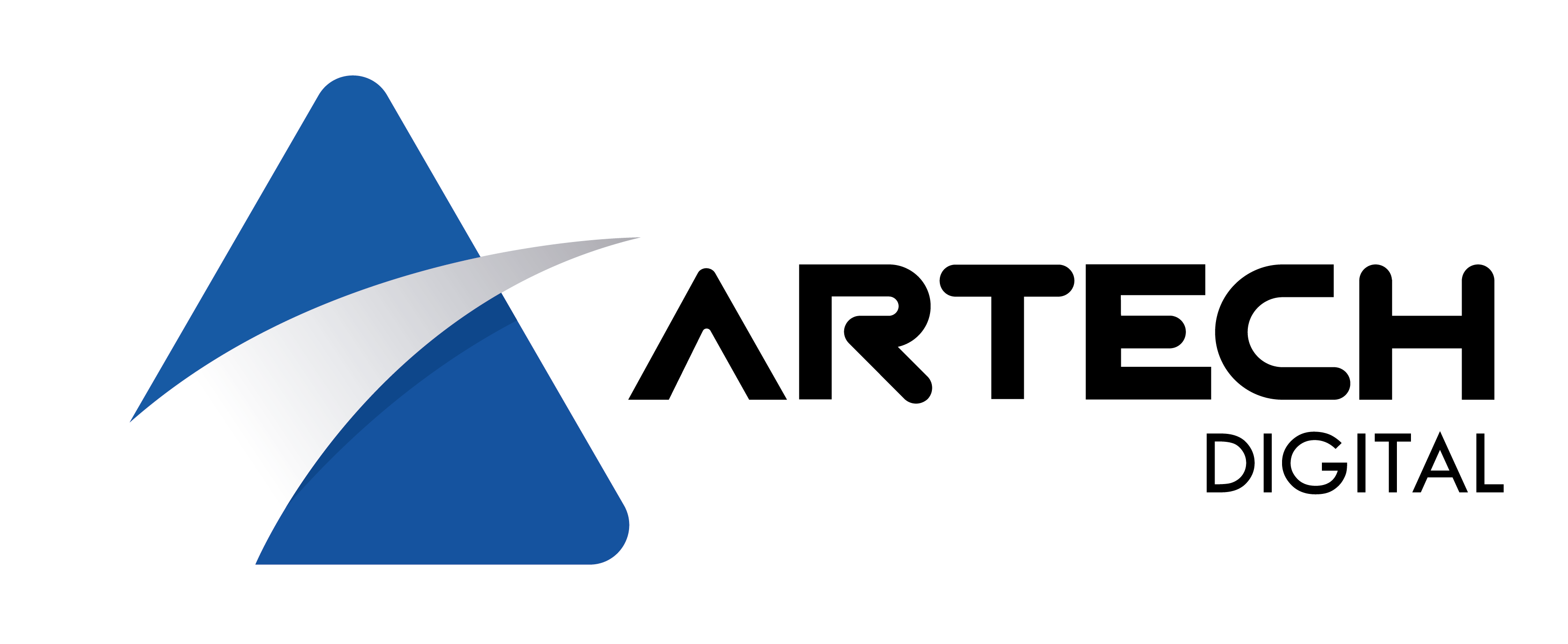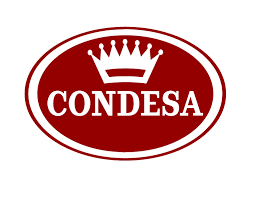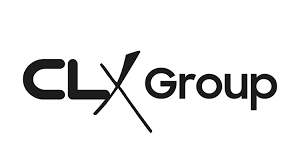We all know the SEO hats and the rating they give to each one. Black, grey, white, all in a categorization of techniques; substantially good or bad to apply in terms of positioning.
The color-coded terminology of SEO is so “old school”. Find out why this semantics no longer applies and what you should focus on instead.
SEO professionals should be objective, not subjective
SEO experts work with their employers or clients to set clear expectations for traffic growth and the timeline for meeting those goals.
A successful SEO professional first assesses where the company is in terms of domain authority and sales; then creates an action plan to select and improve key performance indicators.
Creating this action plan is where it gets complicated.
SEO professionals need to meet your company’s goals and, in order to do that, they need to improve your website’s Google PageRank.
Since SEO professionals work within the Google framework; many assume they have to follow Google’s guidelines to be successful.
Google’s history of dependence on the industry has led SEO professionals to categorize their ranking strategies based on their compliance with Google user expectations.
The SEO hat terms “black hat”, “white hat” and “gray hat” have been used for years to legitimize and criticize different SEO tactics.
It is becoming increasingly clear that this terminology does more harm than good to the SEO industry.
This argument is not new – Dr. Pete Meyers, a marketing scientist at Moz, wrote this critical article in 2013; questioning the usefulness of black and white hat terminology.
However, the use of these terms persists, and SEO professionals need a new model for evaluating SEO strategies.
Color-coded SEO
For years, professionals working in the industry have used color-coded SEO hat terminology to describe the ethics of classification techniques.
Although the distinctions of black, gray and white hats are on a subjective spectrum; most SEO professionals recognize the basic definitions of these terms:
Black hat
This term refers to “unethical” SEO tactics that violate the guidelines of search engines (mainly Google) with the intention of manipulating the ranking.
Strategies commonly associated with black hat SEO include
– Cover-up.
– Keyword stuffing.
– Paid links.
– Link farms.
– Visitor Publishing Networks.
– Content automation.
Grey hat
The so-called “gray hat” SEO tactics are neither black nor white, or in other words, neither wrong nor right.
White hat
The “ethical” SEO tactics that adhere to Google’s guidelines and will not result in a penalty are called “white hat” strategies.
White hat practices include:
– Optimizing your site for mobile.
– Improve your loading speed.
– Keyword research.
– Creating useful content.
Problems with current SEO semantics
Instead of helping SEO professionals, the continued use of black, grey and white hat terminology hinders their growth and the evolution of the SEO industry in general.
And the problems with color-coded designations go far beyond their subjectivity.
Language also creates the following dilemmas:
1. Today’s terminology is based too much on ethical principles
The words used to describe and discuss SEO tactics matter.
Their implications influence the decisions made by SEO professionals and their clients or employers.
With the terminology of the black and white hat, the implications are clear: under this model, a SEO strategy is either right or wrong.
But whose ethical standards do these terms reflect?
The SEO definitions of black, grey and white hats are derived from Google’s guidelines and the actions that Google allows or penalizes.
Essentially, the terms spread the ethical values that Google wants users to adopt.
But since when is Google an authority on ethics and morality?
Apart from a Google penalty here and there: what prevents companies from determining their own SEO standards?
2. Current terminology creates unnecessary limitations
Although SEO professionals operate within a Google-centric system, they ultimately serve their company or clients, not Google.
However, the black, gray and white hat SEO concept revolves around Google’s rules; not your company’s results.
Too often, SEO professionals make strategic decisions to adhere to the rule book; even if the decision goes against your company’s interests.
But SEO professionals need to think outside the box that Google has created.
Just because a strategy goes against Google’s guidelines doesn’t mean it’s useless in every situation.
Beginning SEO professionals, in particular, fall prey to the black-and-white understanding of SEO strategy perpetuated by this terminology.
When they watch the video tutorials and read the articles of renowned SEO industry leaders who use these terms, they accept the distinctions to the letter.
Indeed, the black-and-white dichotomy discourages them from investigating a tactic and discerning for themselves whether it is feasible, limiting their capabilities.
3. Current terminology does not take into account the transformations of search engines
The concept of black and white SEO hats has been around for years, at this point it is difficult to determine when the terms entered the industry lexicon.
Google Search’s ranking algorithms, on the other hand, are continually changing.
As a result, some SEO strategies have become obsolete, and new strategies continue to emerge to keep pace with changing algorithms and new technology.
When Google modifies its ranking algorithms and changes its guidelines, it can make specific SEO tactics more or less effective or compliant.
For example, Google webmaster trend analyst John Mueller said in a Google webmaster video that nofollow links do not pass the PageRank.
Then, three months later, Mueller said, “I think we’re already in that state where we’re essentially using nofollow as a signal. It’s not the case that we always completely ignore those links.
So, if a SEO professional uses the guest blog as a link building tactic, should they include dofollow or nofollow links to their site?
Does the passage of PageRank through nofollow links now make guest blogging with dofollow links a black hat strategy?
These questions illustrate the rigidity of outdated terminology that does not take into account algorithmic change.
The new evolution
The system that uses color-coded hats to symbolize the concepts of SEO hats has obvious flaws, but what is the alternative?
SEO professionals still need a way to convey the level of risk and reward associated with ranking strategies.
Instead of using the current black and white distinctions to classify ranking methods, SEO professionals should use quantitative metrics to understand and evaluate the results of a tactic.
With this weight on their shoulders, the best SEO professionals are those who see beyond the black and white terminology, learn from trial and error, and put their company’s needs first.
This post is also available in:
 Español (Spanish)
Español (Spanish)















